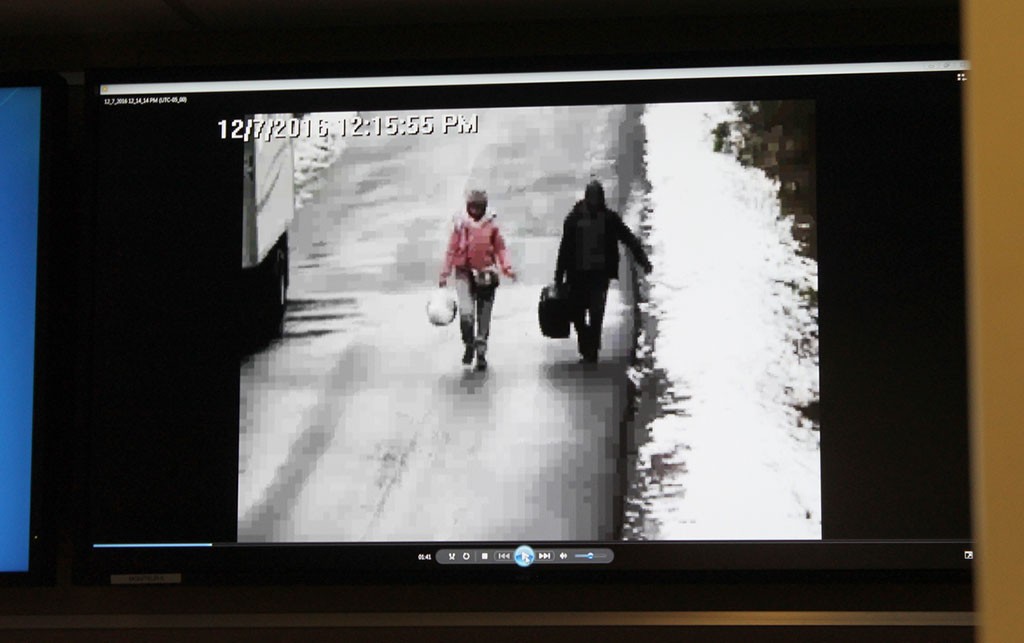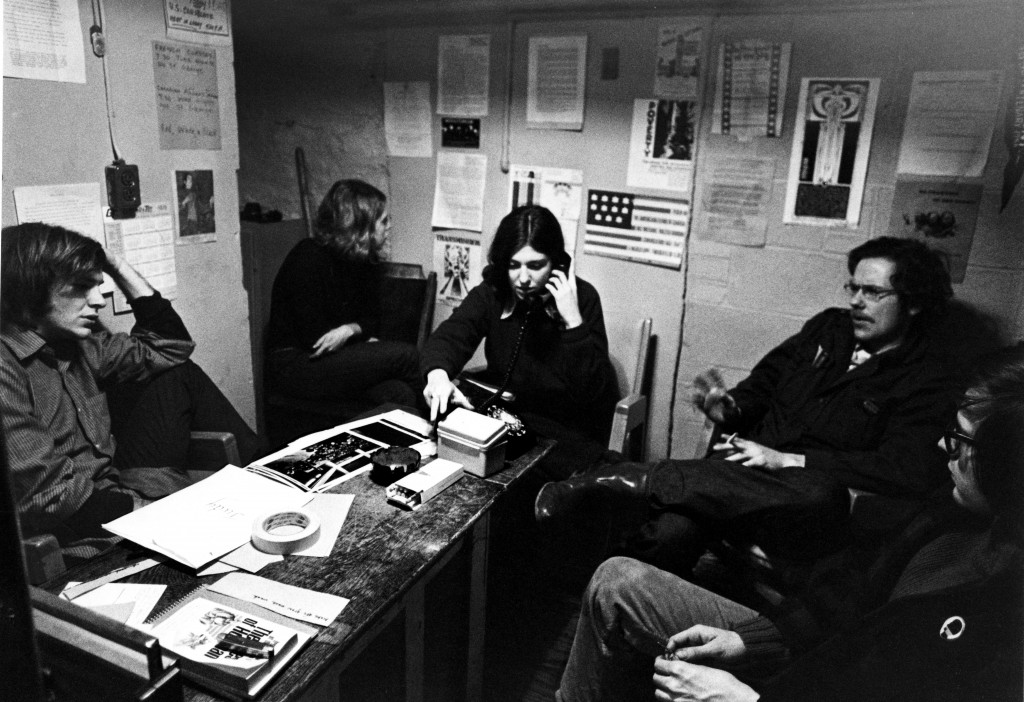Asylum seekers in Canada today and draft evaders 50 years ago: similar, but different
Back in 1967, Canada celebrated its centennial year. In 2017, we’re celebrating our 150th anniversary. 50 years ago, people were slipping across the U.S. border into Canada because of government policies. This year, they’re doing the same thing. There are similarities and differences between the young American men who relocated to Canada during the 1960s and 1970s to avoid being drafted for military service in Vietnam and the refugees and other displaced people in the U.S. who are fearful of current government policies and are walking across the Canadian border. The common similarities are emotional anxiety, political and legal complications, and social controversy.

Surveillance footage from December 2016 of a refugee family crossing into Canada. Photo: Zach Hirsch
The draft evaders of 45 and 50 years ago were opposed to Selective Service and the likelihood they would be fighting in a conflict they thought was unjust. They were all U.S. citizens, too. The asylum seekers of today are not U.S. citizens but feel threatened by current federal policies on refugees and immigration in the country where they have settled.
Today, entire family units are walking to Canada from the United States. Young men avoiding the draft usually traveled alone or in pairs, and were usually in cars or buses. Their families back in the states often did not approve of what they were doing. Asylum seekers are not crossing the border legally, they’re walking over the line at rural locations like Roxham Road in Champlain and intentionally being apprehended by the authorities on the Canadian side. That’s because Canada does not recognize the U.S. as a country that people can legitimately seek asylum from.
During the Vietnam years, those wanting to avoid the draft by going to Canada usually entered the country by legal means, even if the reason they gave Canadian customs officials for visiting was not the exact truth. Canada never had a clear policy about asking young men exactly why they were visiting.
There are similarities when it comes to the support asylum seekers from the U.S. are receiving and to the support draft resisters received. Back in 1969, Prime Minister Pierre Trudeau told reporters on a visit to Washington that he sympathized with draft evaders. Today, his son Justin is Prime Minister and his government has been very accommodating of the asylum seekers walking into Canada, and for refugees arriving by more conventional means. Communities and faith groups have been supportive of both groups of people, too.

Draft-age Americans being counseled by Mark Satin (far left) at the Anti-Draft Programme office on Spadina Avenue in Toronto, August 1967. Photo: Laura Jones, Creative Commons, some rights reserved
The Canadian Broadcasting Corporation Archives has film footage of a Toronto church basement refitted with bunk beds to house Americans who relocated to Canada. Community groups, particularly in larger cities, were set up to assist these men with housing, education, and employment. The same thing is happening across the country today with refugees and asylum seekers.
Of course, there are similarities in the negative sense, too. There were Canadians who didn’t want any draft resisters being allowed into the country and wanted them deported to the U.S. A 1968 Gallup poll showed that 51% of those surveyed were opposed to American resisters settling in Canada. There are individuals, including politicians, in the present day who also oppose refugees and believe that the people walking from New York to Quebec or Minnesota to Manitoba should not be allowed to stay in Canada either.
In 2017, as in 1967, social controversy, politics, and the law have made the situation involving asylum seekers and draft resisters incredibly complicated and fraught with emotion.








if the war had lasted a little longer I may have met Mark !
I am in favor of bringing back the draft, but only for men.
As to Vietnam, I supported the war until I realized the US had no intention of doing what needed to be done to win it.
We still don’t fight with the intention of winning.
The only way to win a modern day war is to do what was done in WW II. Namely, bomb until someone gives up or there is no one left to give up.